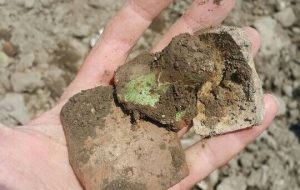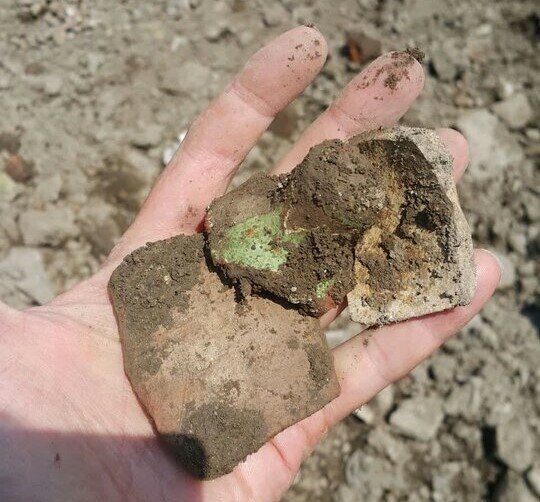Relics found in Hamedan date from Ilkhanid era, official says
TEHRAN – Assessments suggest that relics recently found in Hamedan date from the early Islamic era, particularly from the Ilkhanid epoch (1256-1335), a local official said on Friday. The discovery was made during a pedestrianization project on Baba Taher Street in the ancient city of Hamedan, Hamirdeza Heidari said. The official said that the ruins


TEHRAN – Assessments suggest that relics recently found in Hamedan date from the early Islamic era, particularly from the Ilkhanid epoch (1256-1335), a local official said on Friday.
The discovery was made during a pedestrianization project on Baba Taher Street in the ancient city of Hamedan, Hamirdeza Heidari said.
The official said that the ruins were found buried approximately 1.5 meters beneath the surface… and according to academic tests they date from the Ilkhanid era and some other epochs of the Islamic era.
“While excavating at a depth of 1.5 meters at the beginning of Baba Taher Street, a wall, which is apparently part of an ancient building, was unearthed,” Heidari noted.
“Our colleagues in archaeology are meticulously working on this artifact to precisely determine its historical relevance.”
Historically known as Ecbatana, Hamedan held a pivotal position in ancient times, serving as one of the paramount centers of the ancient world. Though few relics from antiquity remain, extensive portions of the city center are dedicated to ongoing archaeological excavations, providing insights into its storied past.
Notably, Hamedan is renowned as the final resting place of the Tomb of Avicenna, honoring the legacy of the revered Islamic scientist. Additionally, visitors marvel at attractions such as the Ali Sadr Cave and the ancient inscriptions of Ganjnameh, attributed to the Persian rulers Darius and Xerxes.
Situated on a lofty plateau, Hamedan’s origins trace back to the urbanization efforts of the Medes, Assyrians, Persians, and Parthians. While it may no longer rival its legendary status of ancient times, the city remains steeped in cultural richness, a testament to its enduring heritage.
One of the province’s striking features is its seamless blend of cultural heritage and natural splendor. Visitors are treated to picturesque landscapes, traditional eateries, verdant public gardens, bustling outdoor markets, and, above all, the warm hospitality of its inhabitants. Hamedan continues to captivate visitors with its timeless allure, offering a glimpse into the tapestry of Iran’s ancient history.
AM
